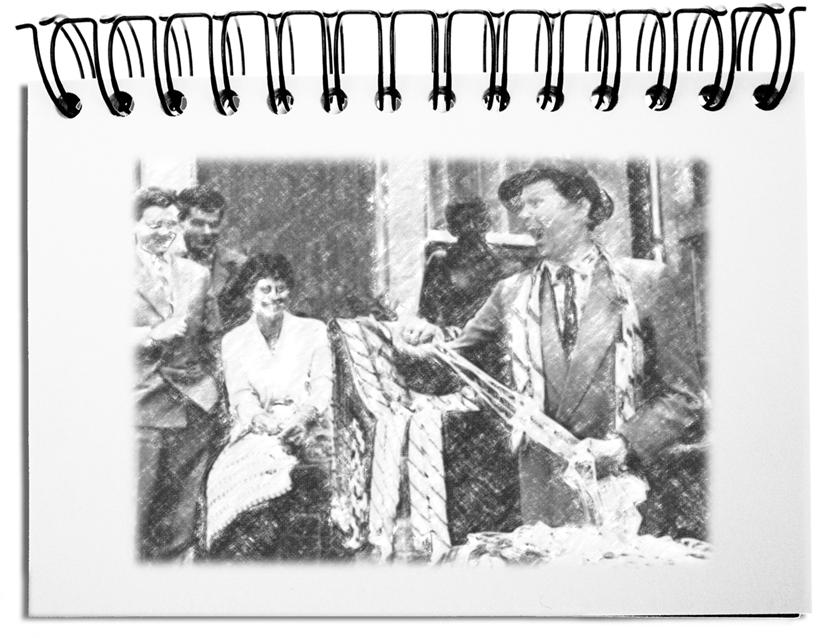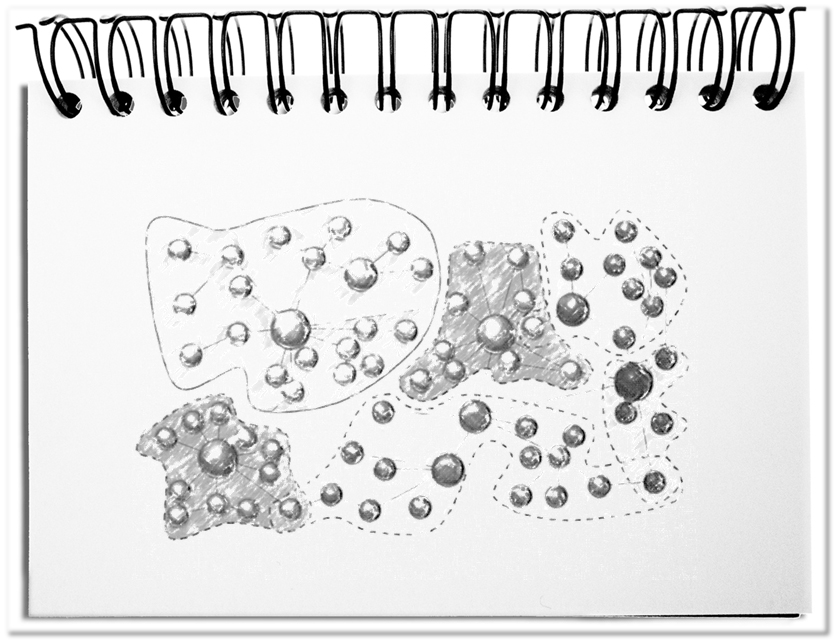In the Anglo-American world, venturesome investors endow start-ups. These founders develop their preparatory building blocks as good as it gets: the biz idea, model, and plan. The earlier investors get involved, the greater their RoI. For receiving funding, the start-ups must convince the financiers of their offer – without practical proof. The founders anticipate the expected biz development for early support, even though they do not have a finished product yet.
The possible funders should be convinced as early as possible to improve the preparation of the company. However, a vague idea is not enough, as many imponderables lead to exaggerated promises and expectations. Offerors need a conservative estimate of what, how much, in which ways, and to whom they can sell. Marketing is done for stakeholders (funders, partners, suppliers, professionals, and the public) once the following basics are described.
- Solvent customers
There is no deal without customers who are willing and able to pay. On the one hand, depending on the price range of the offer, those, who cannot afford it, are excluded. Start-ups cannot pay for an elaborate consultancy without respective funding. On the other hand, those, who do not get enough exclusivity, are also excluded even with a high price. In the case of luxury goods, the additional benefit of the extraordinary is more critical to specific clientele than the practical usability that is presumed anyway.
Ensure that you achieve the required turnover with your clientele. - Shippable deliverables
The deliverables, such as goods and services or a mix of both, should be prepared with the customers in mind. This starts with the design of the offering (including usage, manufacturability, quality criteria), goes through the various manuals, and ends with packaging (including sales, outer, and transportation packaging).
Ensure that your offerings are thoughtful enough to deliver what you promise to customers. - Resilient workflows
The more extensive your offering, the more diverse the required workflows are. It doesn’t matter whether and who performs them – internally or externally. In any case, you need the necessary processes (i.e., development, manufacturing, sales, after-sales, and supporting ones, such as purchasing, logistics, HR, IT). Goods are more dependent on smooth procedures than attendances since they depend on the commitment of the employees. With training and a supporting back office, you standardize your offering and solve most aspects on the fly.
Ensure that your procedures are described in a printable way so that everyone is working on the same basis. - Capable employees
The “simple” jobs are disappearing or will be taken over by “intelligent” machines. This means that the modern times of Charlie Chaplin are over. In the future, people will represent your company at the junctures to internals (between different departments) and externals (to customers, partners, and suppliers). In doing so, you will make the decisions that were reserved for the obsolete, higher levels. This requires sufficient knowledge and capabilities and, above all, soft skills.
Ensure that your employees AND YOU are trained so that they can master the internal and external interfaces. - An intact infrastructure
The required infrastructure does not start at the borders of your site. The external network connections (i.e., traffic routes, energy supplies, and telecom networks) must match and already be considered when choosing a location. Today, a product developer cannot work with 3D programs if there is no available broadband connection. Within your company, you need appropriate routes, such as inbound/outbound logistics, and storage space. Not to mention the digitization of the tasks. Your entire IT is affected (including internal networks, cross-functional systems, barrier-free access, also for external partners, and your web presence). This is true for a corporation and the small bakery with its cash register, ordering system, etc.
Ensure that you have tested the relevant building blocks before the launch, that everything is ready for action, and the employees know their roles. - An operant public image
Only now is the right moment to supply the advertising machine with content. Offers are priced based on described customer groups. The flows are harmonized. Employees can represent the company to the outside world. Your infrastructure works. Now, you can make achievable promises.
Ensure that you have a simple, unified public image, without over- or understatements. - Resilient perseverance
The most important comes at the end. The new biz is not yet at flight altitude when it starts. Revenues are not yet as high as targeted. The employees have not yet been trained. Many things are not working as desired. At this moment, everyone must work hard to improve the flaws. This requires an appropriate team spirit, servant leadership, and a strong commitment from everyone.
Ensure that the employees’ commitment is maintained despite the difficulties during the ramp-up, and that errors are readjusted promptly.
Bottom line: The view of the market crier shows us a person who has already left all the preparatory measures behind him. The products are ready for sale, and he knows what to do. His cash register consists of a purse full of change. The mobile sales table can be set up anywhere – as long as he has registered as a flying salesman. All the components are in place when his stand opens. Hopefully, bystanders will be able to pay his prices. From now on, he can entice his customers with his external presentation because public relations follows the finalized product.


